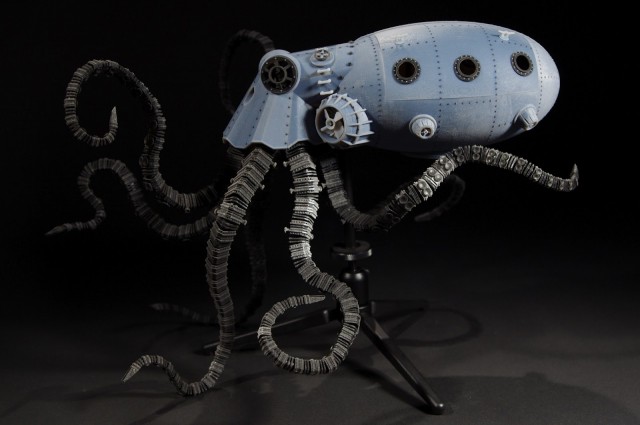At work we had all the top venders in 3d printing come in and demonstrate their printers. Has anyone considered getting one to make the originals for making molds. This could be huge for our hobby. You design it in the computer and hit print and it makes a model the size you want. You can have it made in many different materials
The stuff you can make is amazing. Printers for plastics can be had at $1200 and ones for industry for doing metals can be had for $10,000.
here are some examples
http://store.makerbot.com/3d-printers.h ... BI1-3DPK-4
The stuff that you can do is just amazing.
The stuff you can make is amazing. Printers for plastics can be had at $1200 and ones for industry for doing metals can be had for $10,000.
here are some examples
http://store.makerbot.com/3d-printers.h ... BI1-3DPK-4
The stuff that you can do is just amazing.












Comment